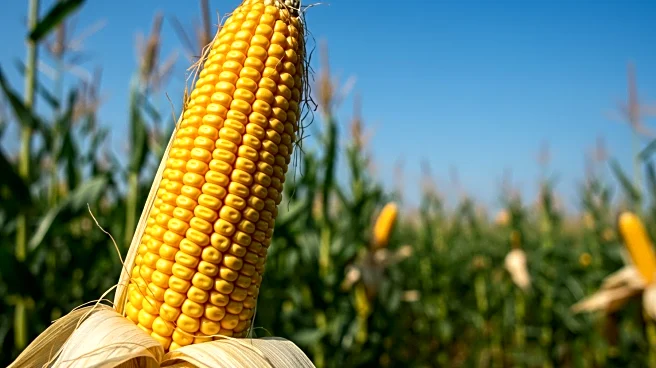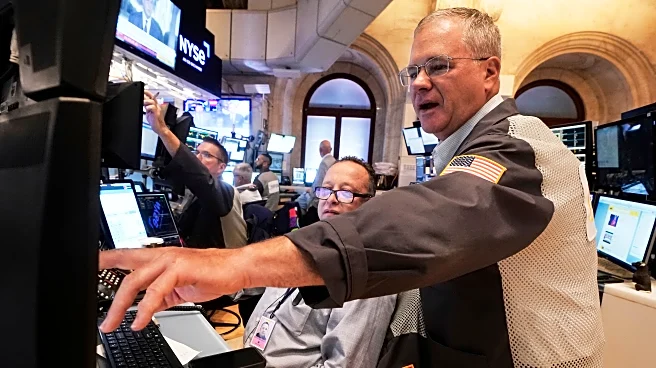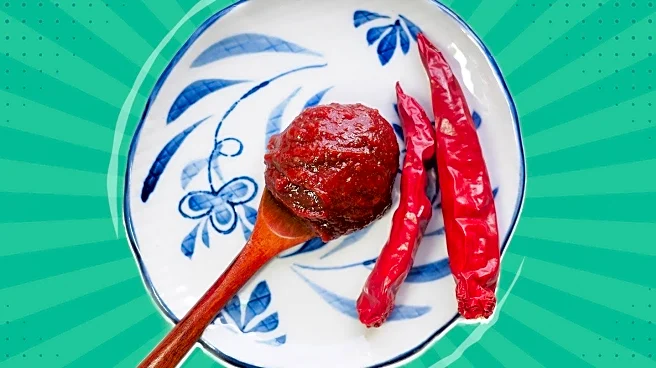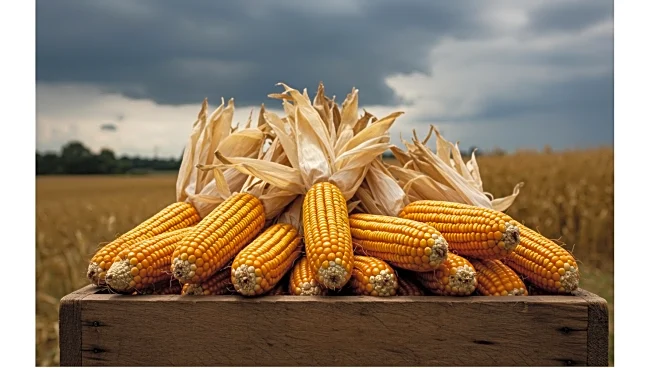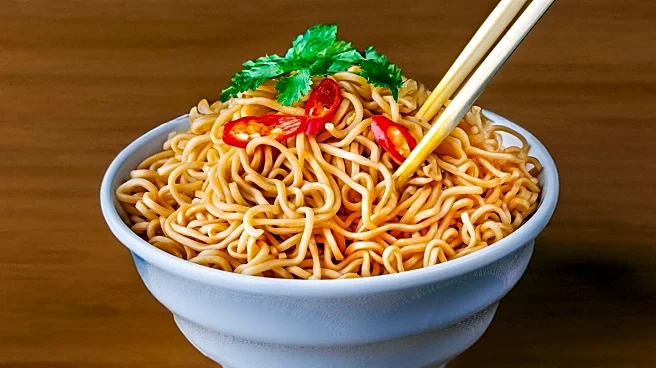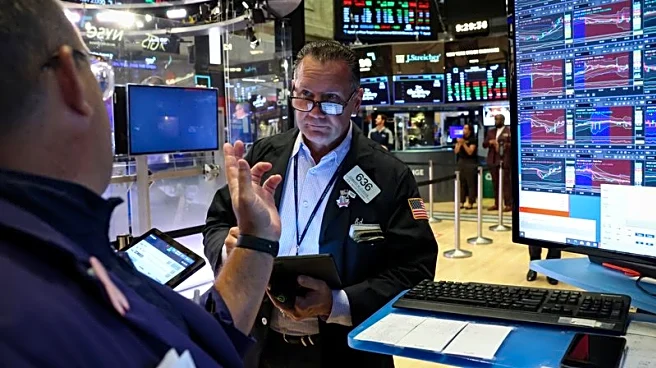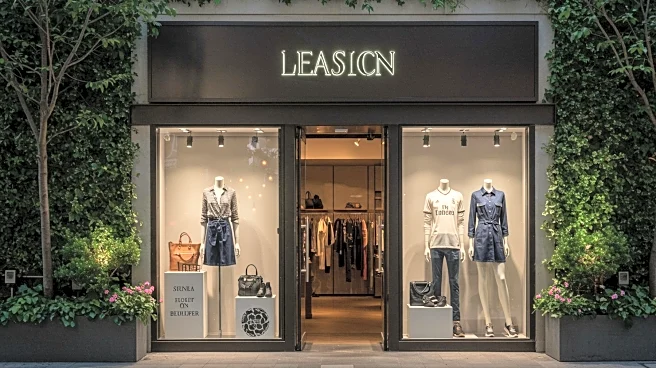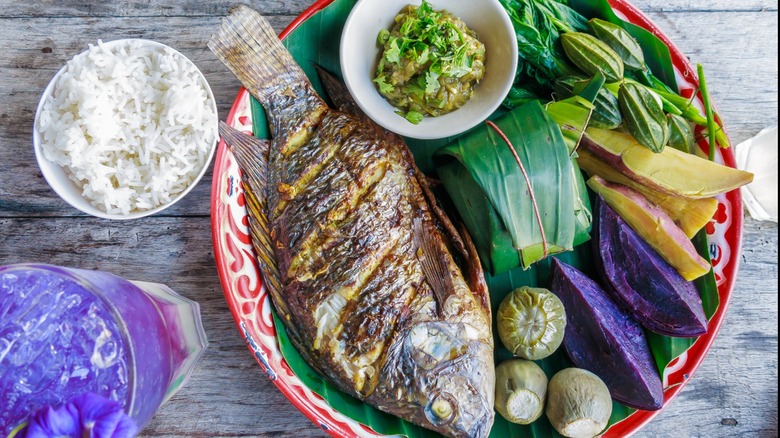
In the late 18th century, an ethnic group that lived throughout China's Yellow River basin began to migrate southward and into the mountains bordering Laos, Vietnam, and Myanmar. Some even moved deep into Thailand, as the dominant Han Chinese population expanded and staked claim to the land. These migrants were farmers, favoring crops like rice, buckwheat, corn, and barley, along with whatever bounty the forest offered, and were united by a common lifestyle, similar languages, and shared ancestral
and religious rituals.
They're collectively known as the Hmong people, and in recent years, their cultural footprint has grown in the West, particularly in America. More than 170,000 descendants of the Hmong live in the U.S., with the largest population residing in Minnesota, the Midwest's breathtaking Land of 10,000 Lakes. The first Hmong immigrants crossed the Pacific in 1975 as refugees of the Vietnam and Laotian Civil wars, and many traveled to Minnesota to avail of job opportunities and welfare schemes. After decades on the fringes of American society, Hmong culture has experienced a boom over the past 10 years, bridging the cultural gap in the most human of ways: through delicious food.
Nowhere does Hmong cuisine have a bigger presence than in Minneapolis. Hmong Kitchen and Vinai, restaurants helmed by former Iron Chef challenger Yia Vang, have been at the forefront of Minneapolis' Hmong cuisine movement. There's also Hmong Village, with 250 market vendors and a food court, showing that the Hmong boom is much more than just a fad.
Read more: The Best Local Restaurants You Can't Miss In Los Angeles, According To LA Locals
Eating Yia Vang's Hmong Food In Minneapolis
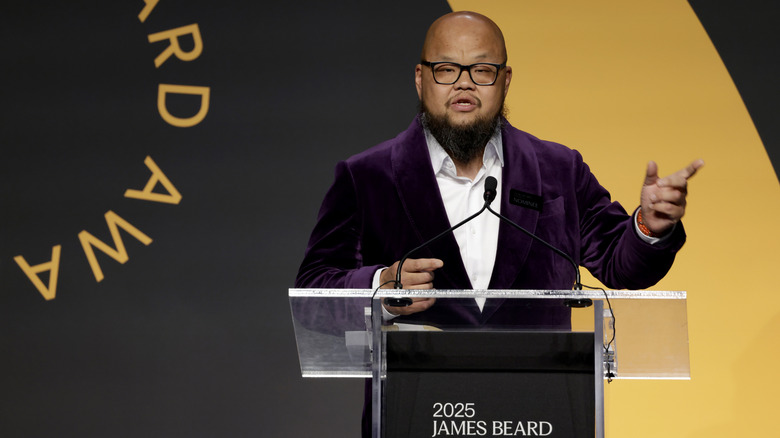
As he told Business Insider, Yia Vang expected his life to be a traditional first-generation American story: The son of hard-working immigrant parents, he would excel academically, get a postgrad degree, and then a high-paying job as a doctor or lawyer or investment banker. But Vang's grades were middling, and he soon realized he his ambitions lay in bringing Hmong culture (via Hmong cuisine) to the U.S. He first served Hmong food at the Minnesota State Fair, then opened Union Hmong Kitchen in 2021. The restaurant in Minneapolis' North Loop is a celebration of Hmong flavors, serving dishes like crispy chicken with lemongrass, spicy-salty pork belly with purple sticky rice, and pickled veggie rice bowls. Union Hmong Kitchen has been nominated for James Beard Awards, including Best New Restaurant in 2021, and Best Midwest Chef in 2021 and 2022.
In July 2024, Vang turned his attention to fine dining, opening Vinai. The restaurant, one of Time Magazine's "World's Greatest Places of 2025," harnesses the punchy, zesty flavors of Hmong cuisine and combines them with timeworn recipes and a modern sense of refinement. There's a hot sauce recipe handed down from Vang's mother, dishes that harken back to his childhood, and no-frills flavor bombs like the crabby fried rice. The menu changes seasonally and is presented in the Hmong dialect with translation: "khoom noj" for snacks, "nqaij hau" for braised meats, and "yog peb xwb" (literally "it's just us") for sharing plates.
Other Hmong Eats In Minneapolis
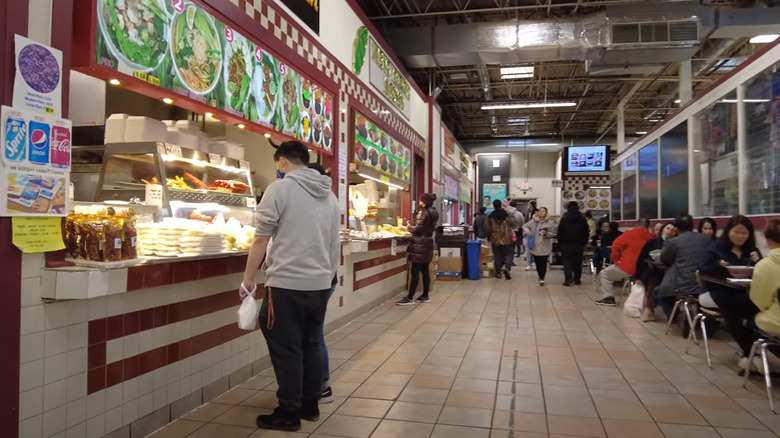
More top-tier Hmong chefs have opened eateries in Minneapolis. Diane Moua, who trained at prestigious French culinary school LeCordon Bleu, oversees the kitchen at Hmong-Amercian restaurant Diane's Place. Alongside delectable pastries that would look right at home in any Parisian pâtisserie, the dinner menu features steamed pork rolls, red curry soup, a fresh bamboo salad, and sticky rice with Hmong-style hot sauce. In the St. Paul area of the city, another James Beard Award nominee, Marc Heu, opened Marc Heu's Patisserie Paris, though it's more a reflection of his French roots than his Hmong heritage.
Foodies shouldn't skip on Hmong Village, where the produce stalls sell the kind of protein and plants found in Hmong cuisine, and on busy days, the atmosphere is redolent of a Thai or Vietnamese night market. There are 17 restaurants in the market's food court, where you can eat Hmong classics like pork belly, chicken wings stuffed with glass noodles, and beef ribs with hot sauce. Other Southeast Asian dishes like pho and pandan sweet rice are also on offer.
While you're in America's most bikeable city of Minneapolis, be sure to explore its other international food spots. Chef Diane Moua recommends Argentinian steakhouse Porzana, Shuang Cheng in Dinkytown, and Lat14 and Gai Noi for Laotian food (via Explore Minnesota). And in Highland Park, St. Paul's "Little Slice of Small Town America," you'll find popular restaurants like Altera and Joan's in the Park, showing how New American cuisine has been influenced by foreign flavors.
Ready to discover more hidden gems and expert travel tips? Subscribe to our free newsletter for access to the world's best-kept travel secrets.
Read the original article on Islands.
